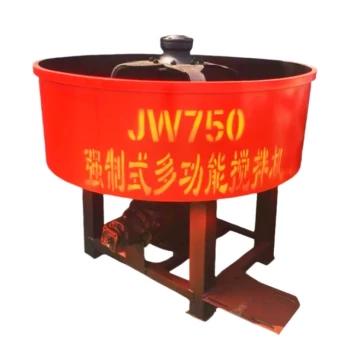Introduction
Choosing the right winch speed isn’t just about moving loads quickly—it’s a critical decision that impacts project safety, energy costs, and operational longevity. Whether you’re assembling tower cranes or deploying offshore cables, understanding the interplay between speed, torque, and load capacity ensures you avoid costly mistakes. This guide breaks down the technical criteria behind winch speed selection, backed by industry applications and energy-efficiency calculations.
Winch Speed Fundamentals for Project Success
The Relationship Between Speed, Torque, and Load Capacity
Winches operate on a fundamental trade-off: higher speeds reduce lifting power, while slower speeds increase torque. This inverse relationship stems from gear mechanics. For example, a 1:10 gear ratio means 10 motor rotations produce just 1 drum rotation, multiplying force but reducing speed.
Key takeaways:
- Heavy loads demand low-speed/high-torque settings to prevent motor strain.
- Lighter loads can use high-speed modes, improving cycle times without sacrificing safety.
Ever wondered why some winches struggle with heavy loads at high speeds? The gear train’s power amplification drops as speed increases.
How Duty Cycles Impact Long-Distance Operations
Duty cycles—the frequency of starts/stops—determine winch endurance. For long-distance pulls (e.g., offshore cable installation):
- Electric winches risk overheating in continuous use due to current buildup.
- Hydraulic winches excel here, offering consistent power and heat dissipation.
Safety and Energy Efficiency Trade-Offs
Overheating Risks in High-Speed Applications
High speeds generate friction and heat, especially in electric winches. Symptoms include:
- Reduced motor lifespan
- Brake fluid degradation
- Cable wear from rapid spooling
Solution: Match speed to load requirements. Use hydraulic systems for sustained high-speed tasks.
Calculating Energy Consumption Across Speed Ranges
Energy costs spike when winches operate outside ideal ranges:
- Electric models consume ~15–20% more power at peak speeds.
- Hydraulic systems maintain efficiency across speeds but require higher upfront investment.
Pro Tip: Compare energy use per ton-mile to identify cost-effective settings.
Industry Applications and Best Practices
Case Study: Slow-Speed Winches in Precision Tower Crane Assembly
Tower crane assembly demands millimeter-level precision. A Garlway winch configured for low-speed/high-torque mode enabled:
- Controlled placement of 50-ton steel beams.
- Zero load slippage over 8-hour shifts.
Case Study: High-Speed Winches in Offshore Cable Installation
For laying undersea cables, a hydraulic winch running at 16 meters/minute achieved:
- 30% faster deployment vs. electric models.
- No downtime from overheating in saltwater conditions.
Conclusion: Balancing Speed with Project Goals
Selecting winch speeds hinges on three pillars:
- Load weight dictates torque needs.
- Operational duration determines cooling requirements.
- Energy costs vary by speed and winch type.
Actionable Advice:
- For heavy, precision tasks, prioritize low-speed Garlway winches.
- In marine or high-cycle environments, opt for hydraulic systems.
By aligning speed settings with these factors, you’ll maximize safety, minimize costs, and extend equipment life—turning winch selection from a guesswork exercise into a science.
Related Products
- Electric and Hydraulic Winch for Heavy Duty Applications
- Warn Winch Windlass Boat Trailer Winch
- Electric 120V Boat Winch by Badlands
- Best 18000 Pound Drum Anchor Trailer Winch
- 12000 lb Heavy Duty Electric Boat Winch
Related Articles
- How Industry-Specific Electric Winch Configurations Boost Efficiency and Safety
- How Electric Winch Safety Features Prevent Catastrophic Industrial Accidents
- How Ergonomic Engineering Transforms Electric Winch Usability for Modern Operators
- How Electric Winches’ Engineering Enhances Efficiency and Safety in Heavy-Duty Applications
- How Electric Winch Components Dictate Performance and Durability




















